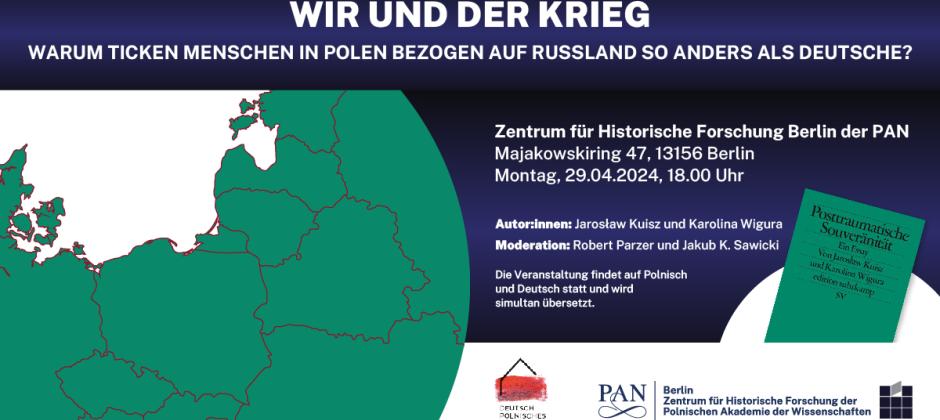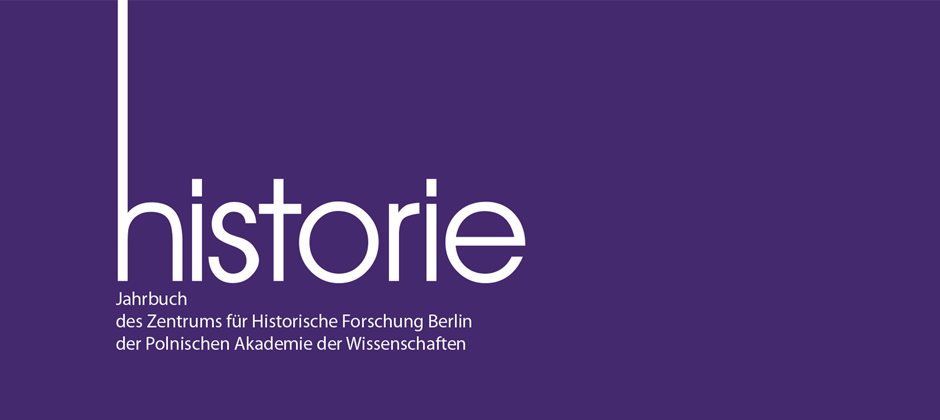CALL FOR PAPERS
for the international conference
"Art and Emancipation: Jews and Modern Visual Culture in Eastern and Western Europe"
planned for 2 September 2022
organized by the Centre for Historical Research of the Polish Academy of Sciences in Berlin
Deadline for submission: 24 April 2022
Emancipation, assimilation, and acculturation of European Jews have encompassed various dimensions of social life in the late 19th and early 20th centuries. One of the most significant aspects of this phenomenon was the engagement in arts and visual culture. Many art collectors, art dealers, gallerists, critics or art historians of Jewish origin influenced the development of modern ideas and shaped the narratives of art history. Their activity often required interdisciplinary competences, connoisseurship and understanding of the international art scene and art market. Many of them, just to mention Daniel-Henry Kahnweiler or Paul Cassirer, influenced the recognition of new, artistic trends, including the avant-garde, and contributed to paving their way to the canon of European modern art. Finally, a lot of academics of Jewish origin, like Aby Warburg or Erwin Panofsky, played an essential role in the constitution of the modern history.
Dealing with visual culture was combined with reframing and secularizing of Jewish identity. In the case of art collecting, perceived as an elitist occupation, it enabled acculturated Jews to legitimize their cultural access to the upper class. In his essay on Bernard Berenson, Todd Endelman made an interesting point that broadly understood aestheticism, along with the engagement in socialism and science, served Jews as the third way of distancing themselves from Judaism and Jewishness. It was a more laborious and demanding path, given the confrontation with the common perception of Jews as “the people of the Book rather than the image”, whose aestheticism was considered skin-deep, imitative or even performative. However, contrary to the political engagement, the transformation into “arbiters of taste and beauty” seemed more promising in terms of emancipation.
The conference aims to discuss and compare broadly conceived Jewish participation in visual culture in Modern Eastern and Western Europe. It invites applications from scholars specializing in the history of art and culture, social history and the history of European Jews. The conference will focus on the following issues: Were there any collecting or patronage patterns among collectors of Jewish origin? If yes, were they similar or different in Eastern and Western Europe? Were those collections mainly of modern art or did they also include ancient artefacts and Judaica? How did art patronage reflect on the process of identity construction? Was the socio-psychological situation of being “the Other” particularly conducive for Jews to deal with modern art? Besides the professional aspect, was dealing with art history, art criticism and connoisseurship also a sort of escapism or a secular replacement for religious life?
Awareness of the ambivalence and historical burden of attempts to define Jewishness should not stay in the way of asking about the Jewish contribution to the European culture and the development of modern ideas. Those questions remain unavoidable in the process of recognition of this input and the deconstruction of national discourses. And above all, they touch on universal issues, such as the social meaning of culture and the power of its inclusive and exclusive nature.
Please send your proposal (max. 300 words) along with a short information on your research interests and your current affiliation to Milena Woźniak-Koch: milena.wozniak-koch@cbh.pan.pl
The conference will be held in English and will take place at the Centre for Historical Research of the Polish Academy of Sciences in Berlin.
A peer-reviewed publication is planned for 2023.



